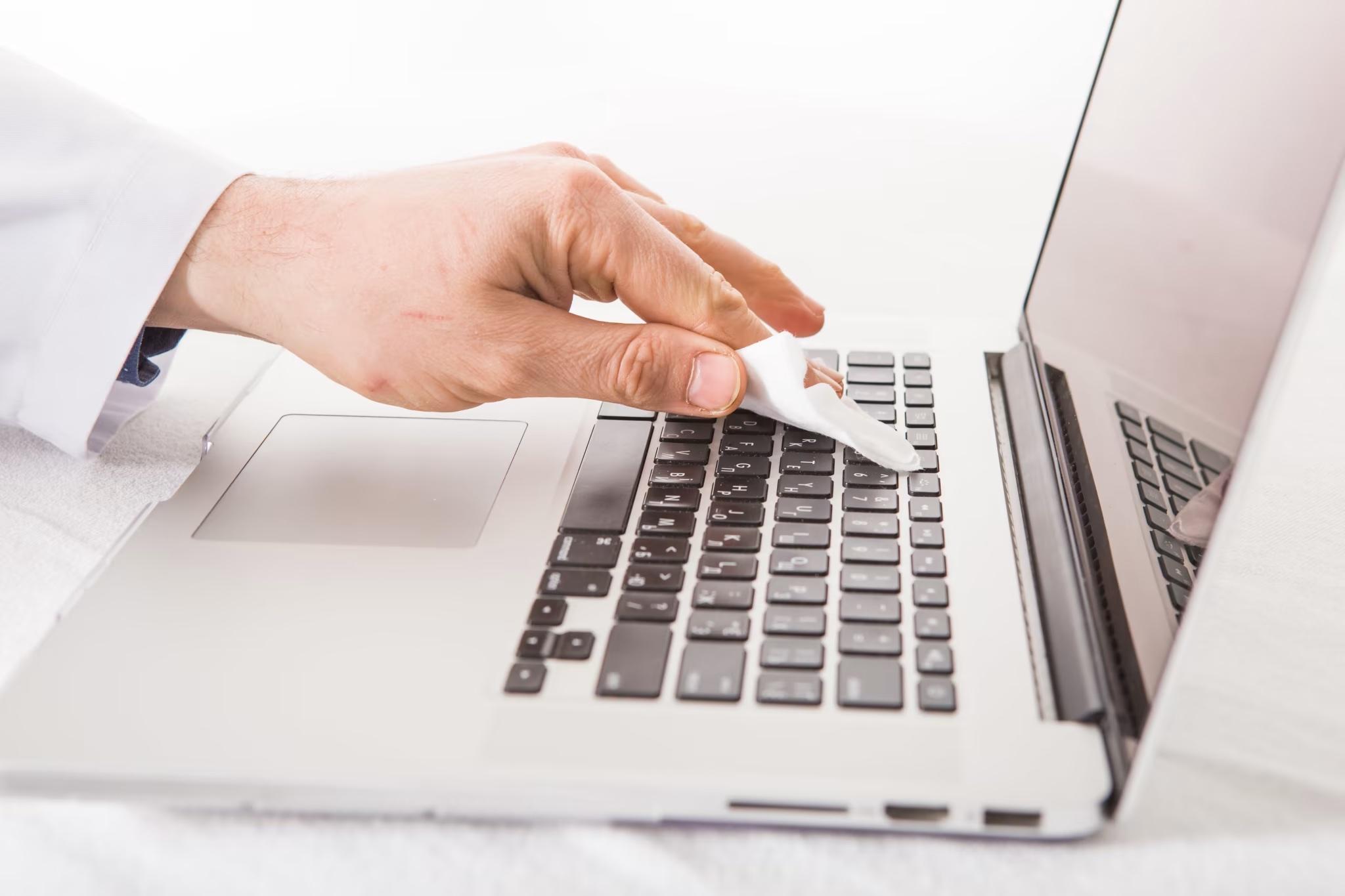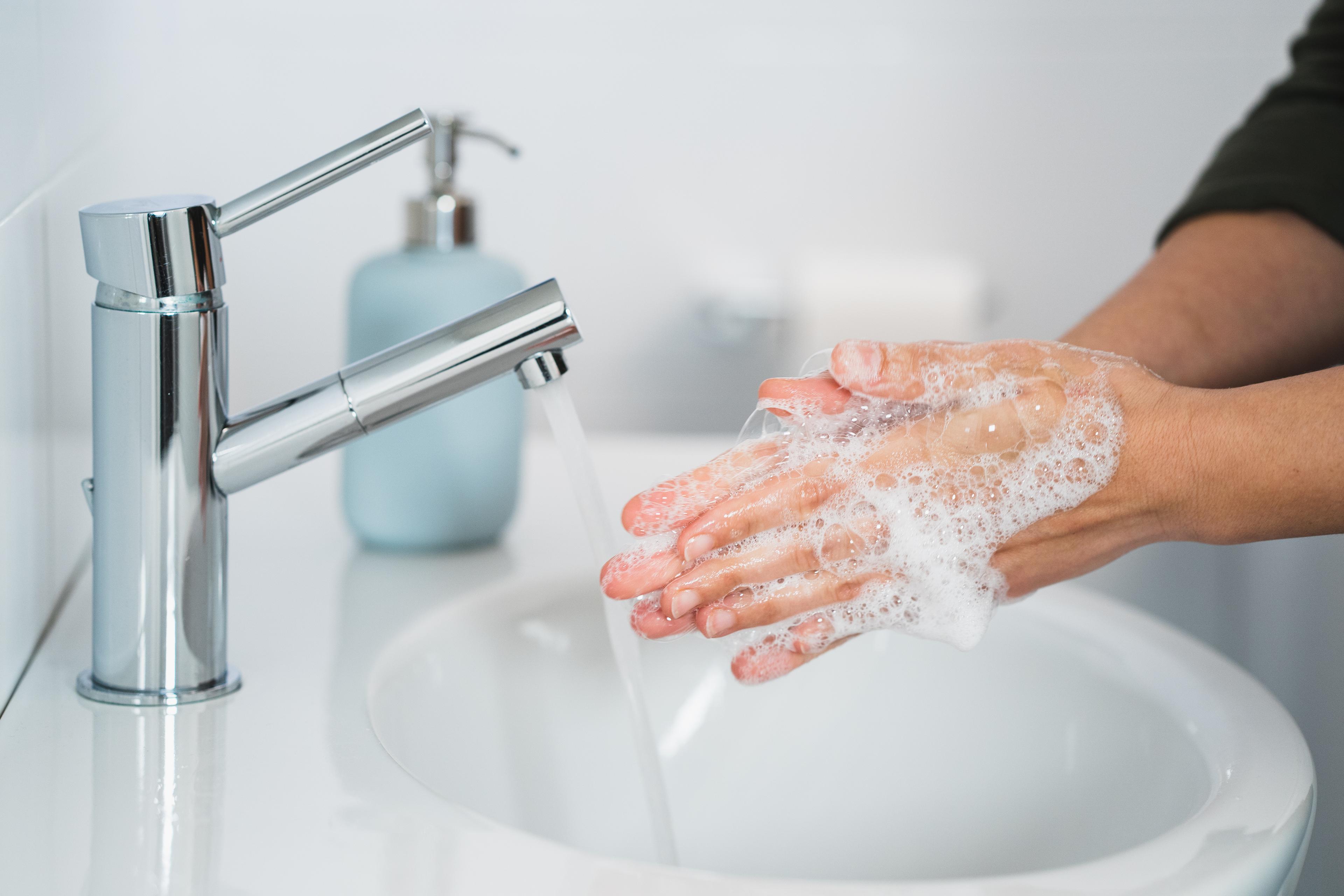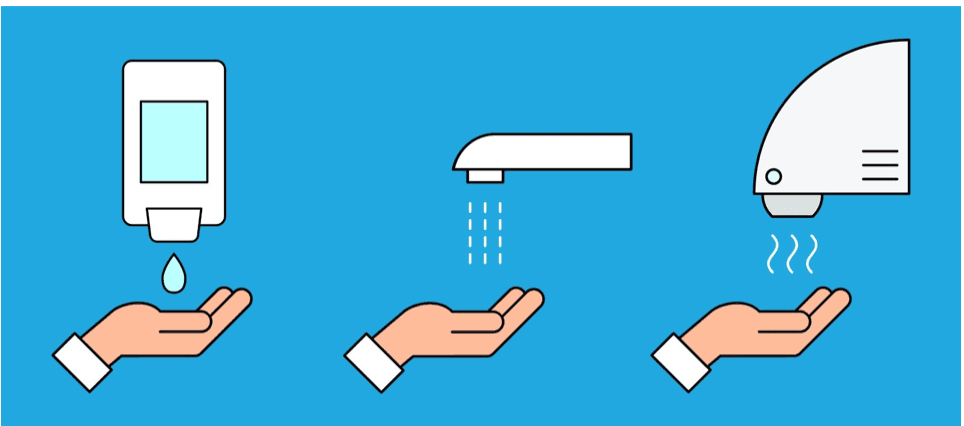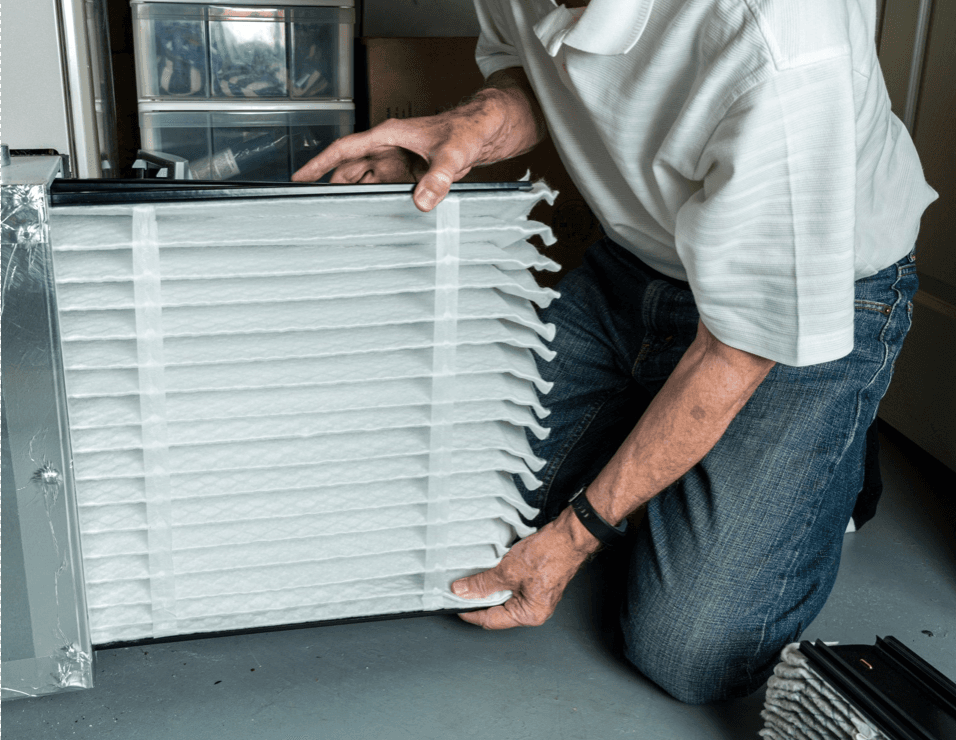January 21, 2022
4 Ways to Help Stop the Spread of Germs at Work


Heading back into the “office” comes with a new set of precautions. While it may have been generally okay to show up to work feeling under the weather, it is not acceptable anymore.
The pandemic has brought with it a heightened sense of awareness around the rapid spread of viruses and infections. This has changed not only how employers react to illness, but it has also caused most to think more acutely about their health and how that may affect others.
Even though heading to work when sick is a thing of the past, we have also been made aware of the issues related to asymptomatic carriers—which can happen with all sorts of viruses, not just COVID-19.
According to WEB MD, there are more than “10 million bacteria” on a typical desk. And bacteria and viruses survive “really well on hard surfaces,” says Professor of Environmental Microbiology, Kelly Reynolds.
In fact, according to a study noted by WEB MD, during a test to see how fast a virus can spread, researchers gave a cohort group of workers a test “virus” and found that it spread to “50% of workplace surfaces in 4 hours.”
So, as we continue to navigate working from the office, there are a few things that employers can do to encourage employees and cleaning staff to navigate new cleaning standards.
The most common advice for stopping the spread of germs is to wash hands frequently.
Handwashing alone can prevent the spread of bacteria and viruses. It is one of the most recommended precautionary steps and is highly effective.
If handwashing is unavailable the next best thing is hand sanitizer that contains at least 60% alcohol, as recommended by the CDC.
Common practices include placing hand sanitizer stations around the workplace and posting signs next to hand washing stations to remind employees to wash and or sanitize often.

Beyond that, common measures for preventing the spread of illness include cleaning desks and commonly touched work surfaces with disinfecting solutions or wipes.
Doorknobs, printers, handrails, and shared areas in kitchens and lounges, are all places where many hands touch the same objects. Increasing the frequency of wiping down these surfaces can help stop the spread of germs.
Common practices include placing wipes around the office or workspace and encouraging employees to participate in cleaning high-touch surfaces before they leave the area or at the end of the day.
This way, everyone takes part in cleaning communally used items or spaces, making it more likely these areas are wiped down multiple times a day.
While we have established that gone are the days of heading to work when sick, it is still important for employers to emphasize this point.
Even at the slightest sign of illness, an employee should be encouraged to stay home until better. This can help stop the massive spread of infection. While it can be hard to adopt this philosophy, having one employee stay home is better than the entire office being exposed and potentially ending up sick and missing work.
Plus, depending on the type of work there is the potential to work from home.
The surfaces we touch play a role in the spread of germs and bacteria.
Many companies have already started to make the switch to touch-free technology. Restrooms are an obvious example where we can see faucets, soap and towel dispensers, hand dryers, toilets, and even lights and doors that operate with motion sensor detectors.
While these may have been fun technology advancements in the past, they are now considered important to health and safety.
Adding touch-free devices may even impact a person’s decision-making when there are multiple options available.
CASE IN POINT
The study found that “the touch-free dispensers were used significantly more often than were the manual dispensers,” and this finding was in line with the researcher's hypothesis that “the delivery system has an effect on behavior and that a touch-free dispenser may be preferred by healthcare professionals.”
While this study was conducted in a healthcare facility, the research also cites that people outside of the medical field will go to great lengths to not use their hands when using public restrooms, including using feet to flush toilets, elbows to push open doors, and paper towels to touch faucets.

Thus, it is probable that hands-free devices across industries are a promising idea. And beyond that, by making the switch, an employer can create a positive perception of cleanliness.
This can have a direct correlation to the overall feeling of safety in a building and can even impact how employees rate an employer.
More frequent cleaning of high-touch surfaces is important to the overall health and safety of a building, as noted.
However, more frequent cleaning means cleaning staff can be stretched thin when it comes to having time to make it through daily checklists. Not to mention, the already problematic situation of retaining cleaning professionals to get the job done in the first place.
Adding autonomous cleaning equipment or cobots to the team can free up existing staff to focus on high-priority tasks, like sanitizing and disinfecting high-touch surfaces.
Autonomous floor cleaning equipment can also help with the overall health of a building because it delivers more consistent and regular cleans, and it can be deployed without adding more bodies to an indoor environment.
While a cobot handles repetitive floor cleaning, the cleaning team can focus on other parts of the cleaning checklist. This can help your team increase efficiency and productivity.
Deploying autonomous cleaning equipment more consistently can also impact indoor air quality. This is because the vacuum can run its course without a person walking behind and stirring additional dust and debris back into the air.
According to research done by the EPA, humans spend about 90% of their time indoors.
This means reducing the spread of germs, especially airborne viruses and pathogens, is incredibly important.
Proper filtration systems can help with this, and HVAC units can be a good place to start. It is important to work with service providers to determine the correct type of filters to be used for the space, how often to change them, and to schedule regular maintenance.
Typically, HVAC systems that filter air from the outdoors to the inside help to keep indoor air cleaner.

Other air filtration systems currently on the market are UV Light air purifiers—these are designed to “use short-wave ultraviolet light (UV-C light) to inactivate airborne pathogens and microorganisms like mold, bacteria, and viruses.
They have the same ultimate goal of all air purifiers: to reduce indoor air pollutants,” according to Ian Kerins, a writer for Molekule.
Heat sterilization air purifiers work on the same premise but use heat, of up to 400 degrees, to destroy airborne pollutants.
Other types of air filtration systems work to clean dust and debris out of the air, but they are not as effective at eliminating airborne bacteria and viruses as most are too small to be captured by industry-standard filters.
Either way, increasing outdoor airflow, keeping HVAC units cleaned and maintained, and adding additional air purifiers and filters can all help to keep the overall indoor space a healthier place to be.
There are many things we can do to help keep the office environment healthy.
ICE Cobotics can help. For more information, please reach out to our Automation Experts.
Ready to Explore Automation? Talk to an Automation Expert